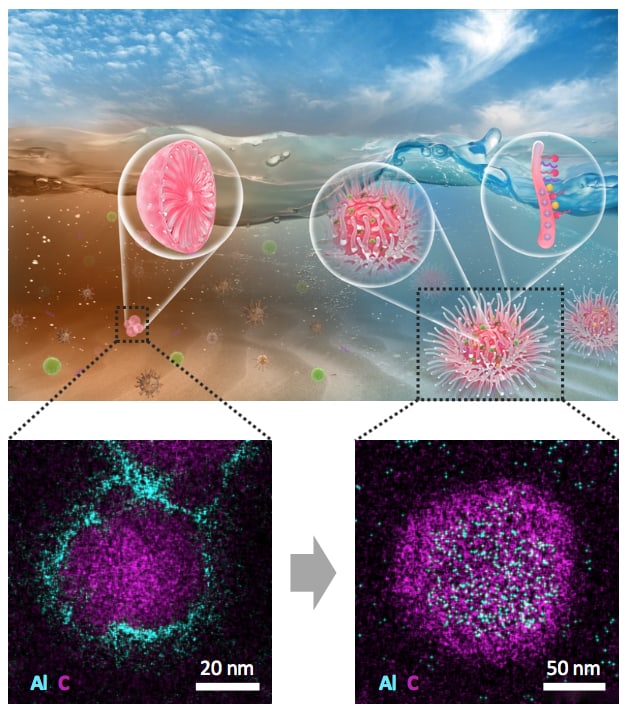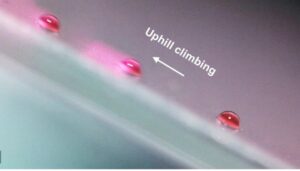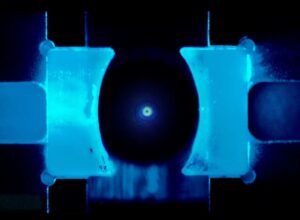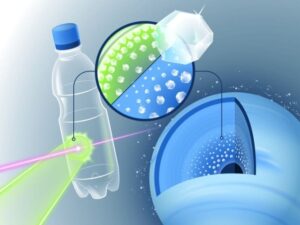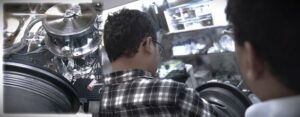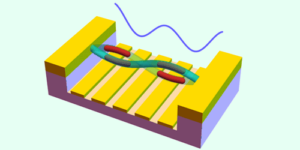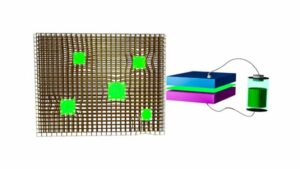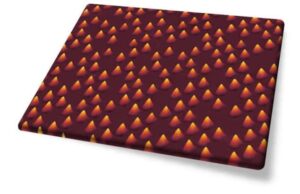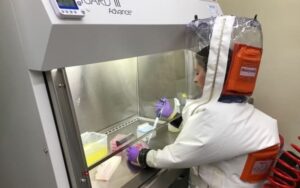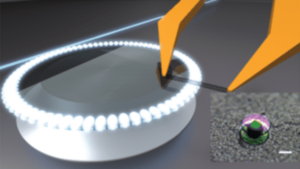
Wastewater treatment is complicated and requires several processes that must be carried out one after the other. This is because each process deals with one type of contaminant. A new biomimetic nanocoagulant that can remove a broad spectrum of pollutants in a single step might be the answer to this problem, and it might even prove itself to be a cost-effective alternative to existing techniques. The micellar nanomaterial, developed by researchers in China and the US, has a core-shell structure similar to that of the sea-anemone Actinia (which extends its tentacles to ensnare prey). It readily disperses in water and absorbs dissolved contaminants.
By 2050, nearly two-thirds of the world’s population may have limited access to clean water. This problem is becoming ever more serious since traditional physiochemical and biological treatment techniques, such as coagulation, sand filtration and activated sludge processes, may no longer be good enough to remove the increasing number of contaminants that are polluting water resources today. While more advanced techniques, like oxidation, adsorption and membrane filtration, can effectively remove “emerging” contaminants like pesticides and pharmaceuticals, these processes do require the wastewater to be pre-treated first to remove colloidal and suspended particles.
Coagulation
This pre-treatment can be followed by coagulation, for example, which is a crucial step in water and wastewater treatment plants. Coagulants work by destabilizing and aggregating colloidal water contaminants into larger aggregates (flocs) by neutralizing their charge, then absorbing and enmeshing them. The worry here is that conventional coagulants are ineffective for removing many new types of contaminant.
A coagulant that could remove multiple impurities, including emerging ones, would avoid having to apply all these different steps and allow for single-stage water treatment, so saving time and money. A team of researchers led by Huazhang Zhao of Peking University and the Beijing Engineering Research Center of Advanced Wastewater Treatment in collaboration with Menachem Elimelech and colleagues at Yale University has now succeeded in developing a coagulant made up of an organic core and an inorganic shell using a self-assembly method that could fit the bill.
Stable core-shell structure
“We made our nanocoagulant by first hydrolysing the organic component, 3-(trimethoxysilyl)propyl-n-octadecyldimethylammonium chloride (TPODAC), into a charged quaternary ammonium compound with a hydrophobic long carbon chain and silanol head group,” explains Zhao. “After condensation of the silanol with an inorganic component, aluminium chloride, the product self-assembles into a micellar nanocoagulant. The aliphatic carbon chains cluster together inside the nanocoagulant by hydrophobic attraction and the positively-charged hydrophilic quaternary ammonium-Si-Al complexes disperse outside it thanks to electrostatic repulsion. The result is a stable core-shell structure.”
When added to wastewater with a pH of greater than 4.0, the alumino-silicate shell of the nanocoagulant hydrolyses into flocs that enmesh particulate contaminants, he explains. “To capture these dissolved contaminants, the nanocoagulant behaves like the marine organism Actinia when it catches its prey,” he tells Physics World. “Actinia has a spherical body with tentacles that are retracted while the creature is resting, but these tentacles extend when it feeds. In the same way, when the shell of the nanocoagulant hydrolyses, it turns outwards. This eversion exposes the aliphatic micelles of the core that can then capture contaminants.”

Graphene filters go large
The researchers tested their nanocoagulant on secondary wastewater effluent from a municipal sewage treatment plant. Contaminants in the water include dissolved organic carbon, nitrates and phosphorus. They then tested the ability of the nanocoagulant to remove pharmaceuticals and other micropollutants that were present in the wastewater samples in the parts per trillion to parts per billion range. “We found that the nanostructure can remove a broad spectrum of these water contaminants in a single treatment step with more than 90% efficiency,” says Zhao.
The researchers, reporting their work in Nature Nanotechnology 10.1038/s41565-018-0307-8, say they will now be adapting the techniques they have developed to create other smart materials that might be used in water treatment.
- SEO Powered Content & PR Distribution. Get Amplified Today.
- PlatoData.Network Vertical Generative Ai. Empower Yourself. Access Here.
- PlatoAiStream. Web3 Intelligence. Knowledge Amplified. Access Here.
- PlatoESG. Automotive / EVs, Carbon, CleanTech, Energy, Environment, Solar, Waste Management. Access Here.
- PlatoHealth. Biotech and Clinical Trials Intelligence. Access Here.
- ChartPrime. Elevate your Trading Game with ChartPrime. Access Here.
- BlockOffsets. Modernizing Environmental Offset Ownership. Access Here.
- Source: https://physicsworld.com/a/biomimetic-coagulant-makes-water-safe-to-drink/
- :has
- :is
- $UP
- 160
- 2050
- 70
- a
- ability
- absorbs
- access
- activated
- added
- advanced
- After
- All
- allow
- alternative
- an
- and
- answer
- Apply
- ARE
- AS
- At
- attraction
- avoid
- BE
- because
- becoming
- Beijing
- Bill
- Billion
- body
- broad
- but
- by
- CAN
- capture
- carbon
- carried
- Center
- chain
- chains
- charge
- charged
- China
- Cluster
- collaboration
- colleagues
- complicated
- component
- Compound
- contaminants
- conventional
- Core
- cost-effective
- could
- create
- creature
- crucial
- Deals
- developed
- developing
- different
- do
- Drink
- each
- effectively
- efficiency
- emerging
- Engineering
- enough
- Even
- EVER
- example
- existing
- Explains
- extend
- extends
- filters
- First
- fit
- followed
- For
- found
- from
- Go
- good
- Graphene
- greater
- Group
- Have
- having
- he
- head
- here
- http
- HTTPS
- image
- in
- include
- Including
- increasing
- information
- inside
- into
- issue
- IT
- ITS
- itself
- jpg
- larger
- Led
- like
- Limited
- limited access
- Long
- longer
- made
- MAKES
- many
- Marine
- materials
- max-width
- May..
- method
- might
- money
- more
- multiple
- municipal
- must
- Nature
- nearly
- New
- no
- now
- number
- of
- on
- ONE
- ones
- organic
- Other
- our
- out
- outside
- parts
- per
- pharmaceuticals
- Physics
- Physics World
- plants
- plato
- Plato Data Intelligence
- PlatoData
- population
- present
- Problem
- process
- processes
- Product
- Prove
- range
- remove
- removing
- Reporting
- require
- requires
- research
- researchers
- Resources
- resting
- result
- safe
- same
- SAND
- saving
- say
- says
- secondary
- serious
- several
- Shell
- similar
- since
- single
- smart
- So
- Spectrum
- stable
- Step
- Steps
- structure
- such
- suspended
- team
- techniques
- tells
- tested
- than
- thanks
- that
- The
- their
- Them
- then
- These
- they
- this
- thumbnail
- time
- to
- today
- together
- traditional
- treatment
- Trillion
- true
- turns
- two-thirds
- type
- types
- university
- us
- used
- using
- Water
- Way..
- were
- when
- which
- while
- will
- with
- Work
- world
- world’s
- worry
- would
- zephyrnet
- Zhao

